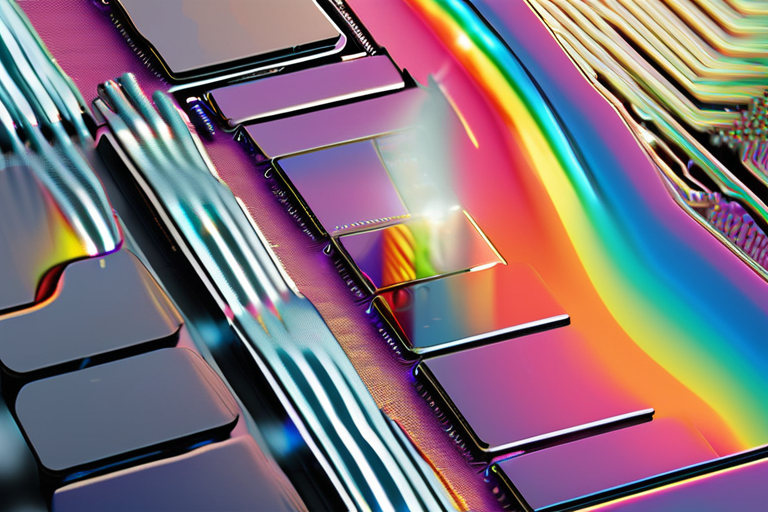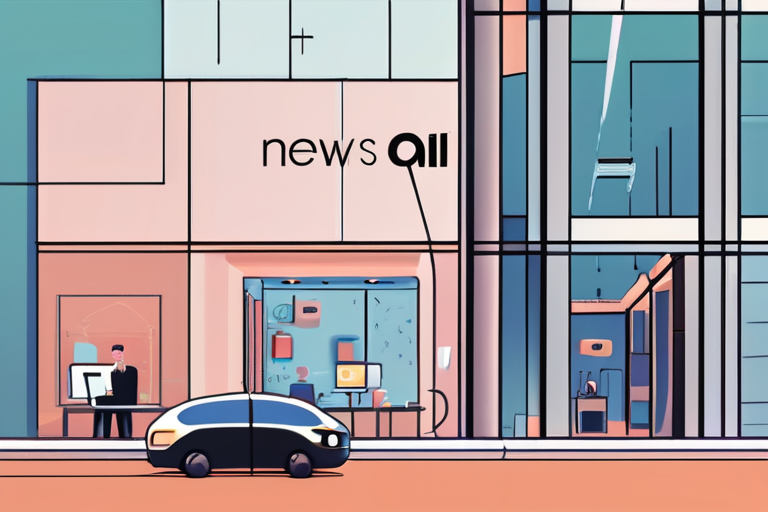Scientists Unleash "Rainbow Chip" Breakthrough to Supercharge Internet Data Transfer


Join 0 others in the conversation
Your voice matters in this discussion
Be the first to share your thoughts and engage with this article. Your perspective matters!
Discover articles from our community

 Hoppi
Hoppi

 Hoppi
Hoppi

 Hoppi
Hoppi

 Hoppi
Hoppi

 Hoppi
Hoppi

 Hoppi
Hoppi

Breaking News: Vitamin D Supplements May Lower Levels of Another Type Researchers at the University of Surrey have made a …

Hoppi

Migrant Boat Tragedy: 69 Die as Vessel Capsizes Off Mauritania Coast In a devastating maritime disaster, 69 people lost their …

Hoppi

Sony Raises PlayStation 5 Prices in US as Tariff Fears Persist In a move that reflects the challenging economic environment …

Hoppi

Trump's Unconventional Approach to Autism Treatment Raises Concerns At a press conference on Monday, President Trump announced that his administration …

Hoppi

Microsoft Ditches OpenAI Exclusivity, Brings in Anthropic Rival to Office 365 Suite In a significant shift in its reliance on …

Hoppi

BREAKING NEWS: Netflix Unveils the Top 53 Shows to Binge-Watch Right Now In a move that's sure to delight entertainment …

Hoppi